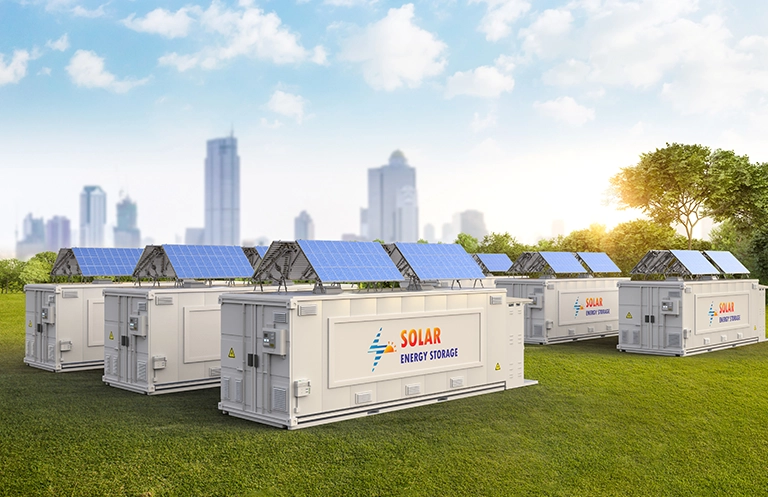Sources of Volatile Organic Compounds (VOCs)
Some common sources of VOCs are as follows:
In healthcare, VOC monitoring is of critical importance for patient health and caregiver effectiveness.
- Breath sensors that detect various gases are used to measure the gas concentrations for diagnosing metabolism conditions, diseases, and halitosis (bad breath). Diseases like lung cancer have a distinct signature of VOCs. Metabolic activity (e.g., digestion) profiling is done by detecting gases like acetone and isoprene in the breath.
- Urinary and fecal incontinence in elderly and critically unwell patients often manifests in terms of organic gas discharge to above threshold levels. Sensors can be deployed bedside as well as in clothes to detect the threshold level breach, log sustained breach events, and analyze patterns of breach by the time of day, patient health status, and medical interventions.
Industrial use cases where VOC monitoring is important:
- Environment safety e.g., industrial/municipal water treatment, air quality.
- Worker safety e.g., chemical product manufacturing i.e., paints, adhesives, dyes, inks, industrial intermediaries, petrochemical processing, and refining.
- Natural product processing like paper and pulp production.
Commercial and consumer sources of VOCs, though not necessarily harmful in all cases, include:
- Building and upkeeping materials like interior and exterior paints, diverse adhesives, wood varnishes, foams and upholstery, carpets, and vinyl flooring.
- Home care products like room fresheners, fragrance products, cleaning, and hygiene products.
- Personal care products like deodorants, perfumes, and cosmetics.
- Printer and photocopier equipment usage.
- Fuel oil, gasoline, and wood combustion.
In short, VOCs are too commonly found around you to escape them completely.
What are the commonly available VOC sensors?
Sensors for detecting VOCs are classified into 3 types:
- Photo-ionization sensors─these are broadband sensors that output current proportional to the concentration of VOCs in the ambient environment. These are less accurate among all types.
- Electrochemical sensors ─ these are either potentiometric (electromotive force output) or amperometric (current output). For detecting VOCs, amperometric sensors are recommended.
- Metal oxide sensors ─ these work on variable resistance proportional to the exposure to ambient gases. These respond to a wide variety of gases and achieve acceptable selectivity and accuracy in operation over a wide range of operating conditions.
Other methods include gas chromatographic equipment (complex, expensive systems), spectrophotometric systems (high sensitivity, real-time method – used primarily in research), and e-noses and sensor arrays (combining sensors from one or more of the above types).
Connected VOC sensing solutions – a technical view
Monitoring VOCs in an ambient environment in real-time or periodically takes more than the sensors listed above. Communicatingdiverse sensor data streams from the far edge to a gateway requires a connectivity mechanism in short range based on communication protocols like BLE, Wi-fi, and messaging protocols like MQTT, XMPP, and AMQP.
Real-time sensor feeds like VOC concentration, temperature, and humidity need to be integrated for analyzing at the gateway for rule-based insights and subsequent threshold/event-based actions.
Edge gateway houses the logic for analysis as well as compute resources for executing the analysis. Edge gateway further communicates the time series summary data (metric averages, ranges, and variances)as well as event data (instantaneous/sustained threshold level breach by one or more parameters) to cloud based IoT applications. This communication is typically from an IP-enabled gateway device to a cloud-IoT gateway over an HTTPS link.
This data is further used to plot reports, and dashboards for diverse user rolls to generate actionable insights. Part of the data is also used for sharing externally with partner organization ecosystems as well as regulatory bodies.
Connected VOC sensing solution architectures span across the device-to-cloud spectrum:
- Hardware– sensor integration, connectivity modules, optimized edge ML inferencing.
- Embedded software– firmware, BSP, drivers, connectivity stacks for diverse protocols.
- Cloud IoT platform –streaming message hub, NoSQL DB for storing sensor data, streaming data store, serverless functions for managing workflows and integrations, sensor data management, enterprise integration, platform security, and identity and access management.
- User applications – web and mobile applications for analytical and process workloads for users across diverse roles like facility technician, site supervisor, facility manager, and senior executives.
Once these solutions are developed, configured, and deployed for detecting VOCs at scale across a large spread-out area, managing these for high levels of reliability, accuracy, and responsiveness requires continuously enhancing the cloud-based architecture with microservices, and containers, Kubernetes, and DevOps/ CICD pipelines.
Another emerging technology area is ML-based detection and pattern analysis of VOCs in mission-critical scenarios like critical patient monitoring, industrial safety, and security.
eInfochips has strong experience in building connected, next-gen devices for ambient condition monitoring, flow metering, and smart spaces. With strong expertise across the device-to-cloud spectrum, we have contributed to developing over 500 products across industry verticals and technology configurations. To know more about our offerings, please talk to our experts.













